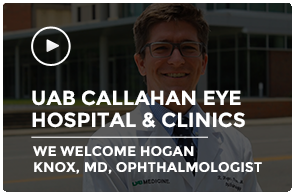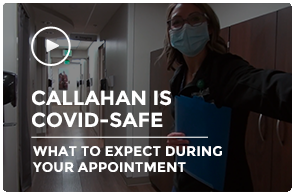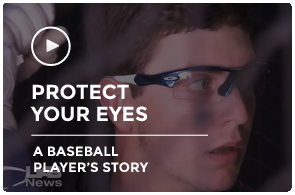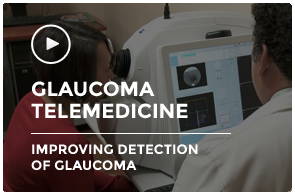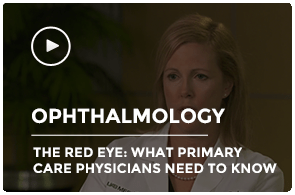Both the top and bottom eyelids are susceptible to sagging, but ptosis refers to excessive drooping of the upper lid. In general, a drooping eyelid is caused when the skin above the eye becomes loose, when the levator palpebrae superioris muscle that raises the eyelid is weakened, or from damage to the eye muscles. If severe enough, ptosis can block or reduce vision and may require corrective surgery to lift the lid or more intrusive surgery to reattach or strengthen the eye muscle.
Children and adults of all ages can suffer from ptosis, and it can be present from birth. For adults, the drooping of the eyelids often is a natural part of the aging process. Adult ptosis usually is caused by the levator muscle tendon stretching or separating away from the eyelid, sometimes due to surgery. Complications from neurological diseases and other disorders affecting the levator muscle can cause adult ptosis as well. Diseases known to contribute to adult ptosis include brain tumors, diabetes, strokes, Horner syndrome, and myasthenia gravis. In children, a poorly developed levator muscle usually is responsible for the condition known as congenital ptosis, which can lead to amblyopia, or lazy eye.
The specialists at UAB Callahan Eye use the most advanced technology and are known for working together to treat the full range of both common and complex corneal problems. From cataract and corneal surgeries to highly specialized contact lenses, Callahan features the expertise, experience, and cutting-edge equipment needed to treat the most challenging corneal conditions. Patients come here from around the world and nation because we don’t just treat eye disease – we empower patients to take control of their eye health.
Callahan is the only full-service facility in Alabama specializing in the diagnosis and treatment of the eye and one of only a few worldwide that is entirely devoted to advancements in ophthalmology. That reputation is supported by 16 operating rooms dedicated to eye surgery and a 24/7 eye emergency room that is the region’s only Level I Ocular Trauma Center. More than 15,000 surgeries are performed at UAB Callahan Eye Hospital each year, and we conduct more reconstructive eye procedures than any other facility in the world.
Our facility is home to more than two dozen ophthalmologists, many of whom are named among the top doctors in their fields nationally. Callahan is widely recognized for excellence in patient care, having consistently earned prestigious awards from health care consulting group Press Ganey, and in 2017 Callahan was named as one of the “100 Great Places to Work in Healthcare” by Becker’s Hospital Review.
Callahan also is known for pioneering developments in surgical instruments, devices, and procedures used by ophthalmologists across the globe. As part of the UAB Medicine academic medical center, Callahan is actively involved in ongoing research and clinical trials. Many of our ophthalmologists have received funding from prestigious research organizations and institutions and collaborate in clinical care to bring the latest in scientific discovery to our patients.
Care Providers
Videos
Resources
- UAB Department of Ophthalmology
- National Eye Institute
- Medline Plus – Eye Disorders
- American Academy of Ophthalmology – Ptosis
Related Specialties
Clinical Trials
Speak to your physician about your options and browse the link below for more information
Latest News
View All News-
ALG6 acts as a modifier gene in the inherited genetic eye disease retinitis pigmentosa 59
March 20, 2024
-
Mouse model of retinitis pigmentosa RP59 shows key biochemical and diagnostic features of the human disease
October 30, 2023
-
Halloween festivities are back: Here is what you need to know to keep your children safe
October 27, 2022
-
Retinitis pigmentosa research probes role of the enzyme DHDDS in this genetic disease
June 10, 2020
-
UAB’s School of Optometry conducts free eye examinations for infants on InfantSEE® Day, April 10
March 1, 2017


